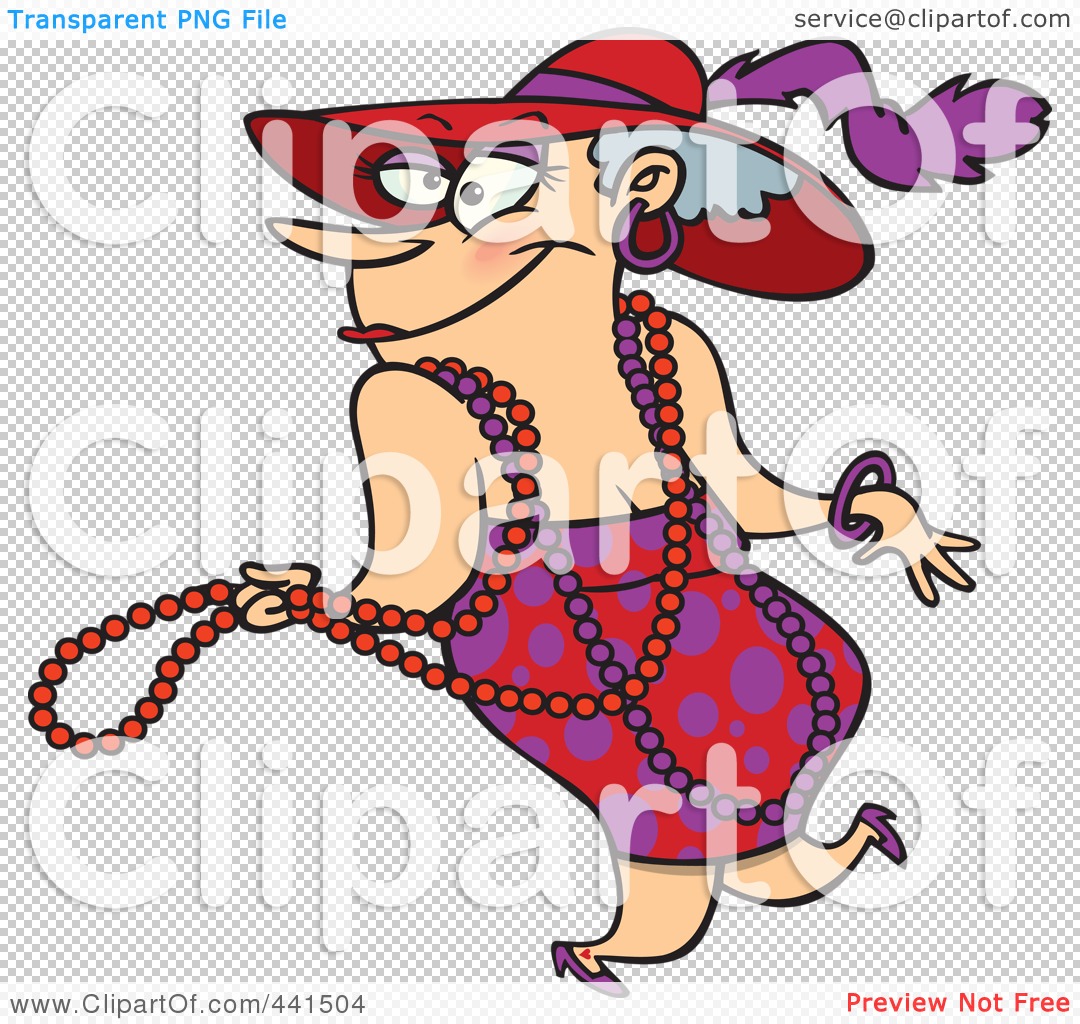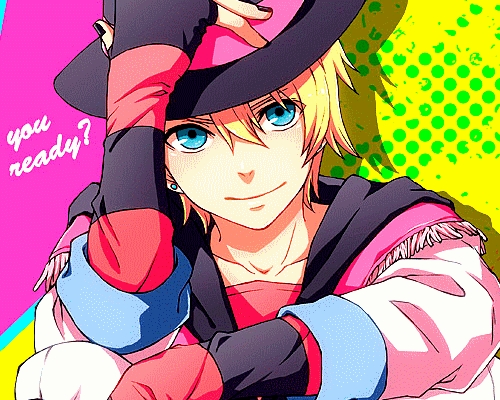
Even though daywear dresses were influenced by the war, evening dresses remained glamorous. Many different celebrities who embraced this type of style such as Joan Crawford, Ginger Rogers, Barbara Stanwyck, and Ava Gardner.

The main sort of dress in the 1940s included features such as an hour glass shape figure, broad shoulders, nipped in high waist tops and A line skirts that came down to just at the knee. īecause clothes were rationed and fabric was scarce, the hemlines of dresses rose to knee length. Frilled rayon blouses also went with the cinched waist. Daywear also had to be functional, but it never lost its touch of elegance or femininity, as the dresses would still naturally highlight the female or womanly shape: with cinched waistlines, skirts fitted to the hip and fullness added to the hem with flared gores or pleats. This was also influenced by the rise in women entering the workforce alongside the rise of the working woman, as they still were able to afford to dress well and stay in style. With prices slashed on types of fabrics utilized for designing, new inventions such as the zipper made the manufacturing of garments quicker and cheaper. The 1930s allowed women from all classes and socio-economic backgrounds to be fashionable, regardless of wealth. Incidentally, there was also a continuation of mass production, which had been rising in popularity since the 1920s. Hence, clothing was made more accessible.
Anime girl wearing a socialite hat how to#
Designers were also forced to use cheaper fabric and materials, and dress patterns also grew in popularity as many women knew how to sew. According to dress historian Jayne Shrimpton: "Committed to ensuring the fair distribution of scarce but essential resources, namely food, clothing, and furniture, the government introduced a comprehensive rationing scheme based on allocation of coupons - a system deriving, ironically, from the German rationing plan devised in November 1930." īecause of the economic crash, designers were forced to slash prices for clothing in order to keep their business afloat, especially those working in couture houses.

This greatly affected the fashion of how women dressed during the 1940s. The Great Depression took its toll on the 1930s womenswear due to World War II which dates from 1939 to 1945. Cloche hats remained popular until about 1933 while short hair remained popular for many women until late in the 1930s and even in the early 1940s. Other aspects of fashion from the 1920s took longer to phase out. For women, skirts became longer and the waist-line was returned up to its normal position. The lighthearted, forward-looking attitudeĪnd fashions of the late 1920s lingered through most of 1930, but by the end of that year the effects of the Great Depression began to affect the public, and a more conservative approach to fashion displaced that of the 1920s. Elizabeth Arden's coat features broad, rounded shoulders cut in one piece with the yoke, 1939. Classic fashion in the Thirties in Europe (Hungary 1939). In Dorothy Gish's outfit of 1932, the width is in the sleeve cap, which is pleated into the armscye. Womenswear 1930s Width at the shoulders was achieved by many means.

Anime girl wearing a socialite hat movie#
įashion trendsetters in the period included Edward VIII and his companion Wallis Simpson, socialites like Nicolas de Gunzburg, Daisy Fellowes and Mona von Bismarck and such Hollywood movie stars as Fred Astaire, Carole Lombard and Joan Crawford.

Suntans (called at the time "sunburns") became fashionable in the early 1930s, along with travel to the resorts along the Mediterranean, in the Bahamas, and on the east coast of Florida where one can acquire a tan, leading to new categories of clothes: white dinner jackets for men and beach pajamas, halter tops, and bare midriffs for women. developments were echoed, in varying degrees, in Britain and Europe. The period also saw the first widespread use of man-made fibers, especially rayon for dresses and viscose for linings and lingerie, and synthetic nylon stockings. The most characteristic North American fashion trend from the 1930s to 1945 was attention at the shoulder, with butterfly sleeves and banjo sleeves, and exaggerated shoulder pads for both men and women by the 1940s. Costume and fashion from the 1930s to the end of World War II Actress Mary Pickford with President Herbert Hoover, 1931


 0 kommentar(er)
0 kommentar(er)
